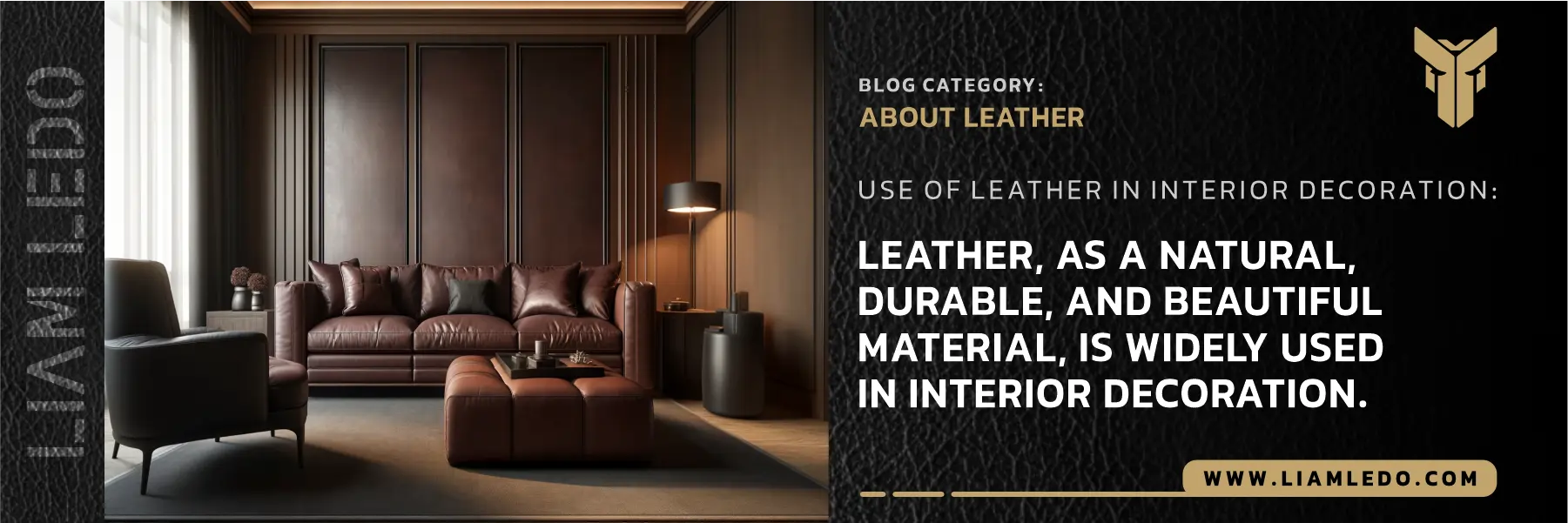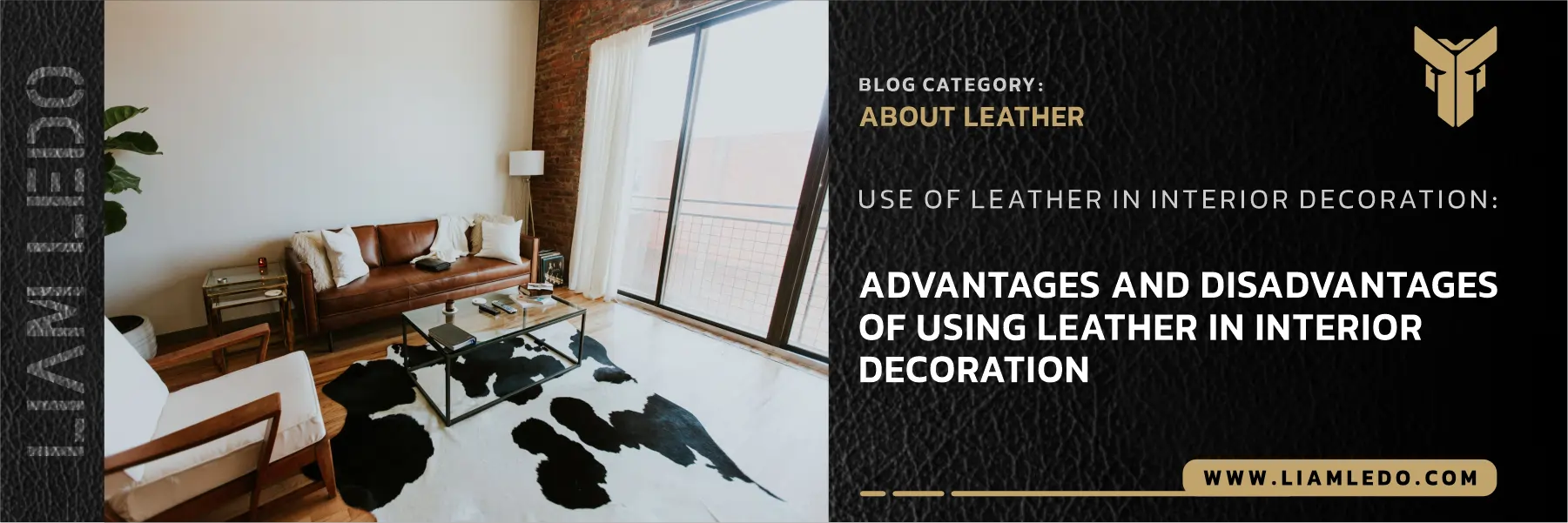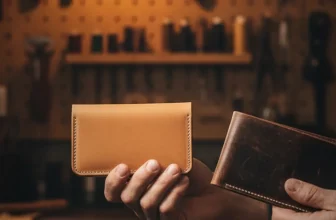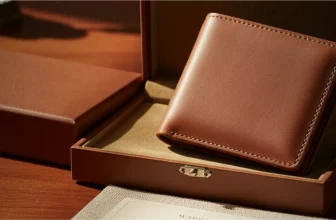
Leather, as a natural, durable, and visually appealing material, plays a significant role in interior decoration. Its unique characteristics such as softness, strength, and natural texture have made leather a favorite choice among designers and homeowners alike. In this article, we will explore the various uses of leather in interior decoration, highlight its advantages and disadvantages, and provide essential tips on how to decorate your space beautifully with leather. By understanding these aspects, you can create interiors that combine elegance, comfort, and long-lasting quality.
Learn more about leather and make better choices:
1.Unique Characteristics of Leather in Interior Decoration:
Leather stands out in interior decoration for several reasons:
- Natural Beauty and Texture: Leather offers a timeless and classic look that adds depth and character to any room. Its natural grain and subtle color variations enhance authenticity and visual interest.
- Durability and Strength: Known for its resistance to wear and tear, leather is an excellent choice for high-traffic furniture and surfaces. This durability ensures longevity and keeps interiors looking fresh for years.
- Comfort and Softness: The soft and supple nature of leather contributes to a cozy, luxurious feeling, especially in furniture like sofas and chairs.
- Breathability: Unlike synthetic materials, leather allows air circulation, preventing heat buildup and providing comfort even after prolonged use.
2. How to Use Leather in Interior Decoration: Applications and Ideas:
Leather’s versatility allows it to be used in multiple ways throughout your home:
- Leather Furniture:
Leather sofas, chairs, and ottomans are classic staples in interior design. Beyond their elegant appearance, leather furniture offers comfort and durability. When choosing leather furniture, consider combining it with materials like wood or metal to create a balanced and stylish look. - Leather Flooring:
Leather flooring is a unique, less common option that can add warmth and softness to living rooms and offices. It provides excellent insulation and a comfortable surface, perfect for creating cozy interiors. - Leather Wall Coverings and Panels:
Using leather on walls or as ceiling panels can bring a distinctive texture and richness to your interiors. Leather wall coverings also provide sound absorption and thermal insulation, making them both stylish and functional. - Leather Curtains and Draperies:
Leather curtains not only enhance the aesthetics of a room but also improve privacy and noise reduction. They are ideal for modern, industrial, or luxurious interior styles. - Leather Accessories:
Smaller leather items like cushions, poufs, and table runners add subtle accents that refresh any space. These accessories are easy to swap out, allowing you to change your room’s look without major renovations.

3. Advantages of Using Leather in Interior Decoration:
Advantages:
- Longevity: Leather furniture and décor last for years without losing quality, making them a worthwhile investment.
- Elegant Appearance: Leather instantly elevates the style of any room, whether in a traditional or contemporary setting.
- Comfort: Its natural softness enhances relaxation and usability.
- Breathability: Leather adjusts to body temperature and reduces sweating, increasing user comfort.
Disadvantages:
- Higher Cost: Quality leather products tend to be more expensive due to their craftsmanship and material quality.
- Sensitivity to Moisture: Leather requires protection from water and humidity, which can cause staining and damage.
- Maintenance Needs: Regular cleaning and conditioning are necessary to keep leather looking its best and prevent cracking.
4. Practical Tips for Decorating with Leather:
To get the most out of leather in your interior design, consider the following tips:
- Choose the Right Color: Darker leather tones work well in larger spaces, creating warmth and depth, while lighter colors can brighten smaller rooms and make them appear more spacious.
- Mix Materials: Pair leather with wood, metal, or soft fabrics to create interesting contrasts and layers in your décor.
- Care and Maintenance: Use leather-specific cleaners and conditioners regularly to preserve its appearance and durability.
- Match Your Style: Leather complements a variety of design styles including modern, classic, rustic, and industrial. Select leather pieces that harmonize with your overall interior theme.
5. Selecting the Best Leather for Your Interior:
When choosing leather for decoration, these factors are essential:
- Type of Leather: Cowhide, goatskin, and sheepskin each offer distinct textures and durability levels. Pick the type that best suits your intended use.
- Color and Texture: Match leather color and texture to your space’s lighting and design scheme. Dark, smooth leather adds sophistication, while textured leather can bring rustic charm.
- Quality: Invest in high-quality leather for longevity and a luxurious finish.

Conclusion:
Using leather in interior decoration is a timeless way to add elegance, comfort, and durability to your home or office. Whether through furniture, flooring, wall coverings, or accessories, leather’s unique properties can transform any space into a stylish and inviting environment. By selecting the right type, color, and quality of leather, and by following proper care tips, you can enjoy the many benefits of this versatile material for years to come. Ultimately, incorporating leather into your interiors allows you to achieve a balance of luxury, practicality, and enduring beauty.
Source: The Gentleman’s Gazette | Wikipedia







